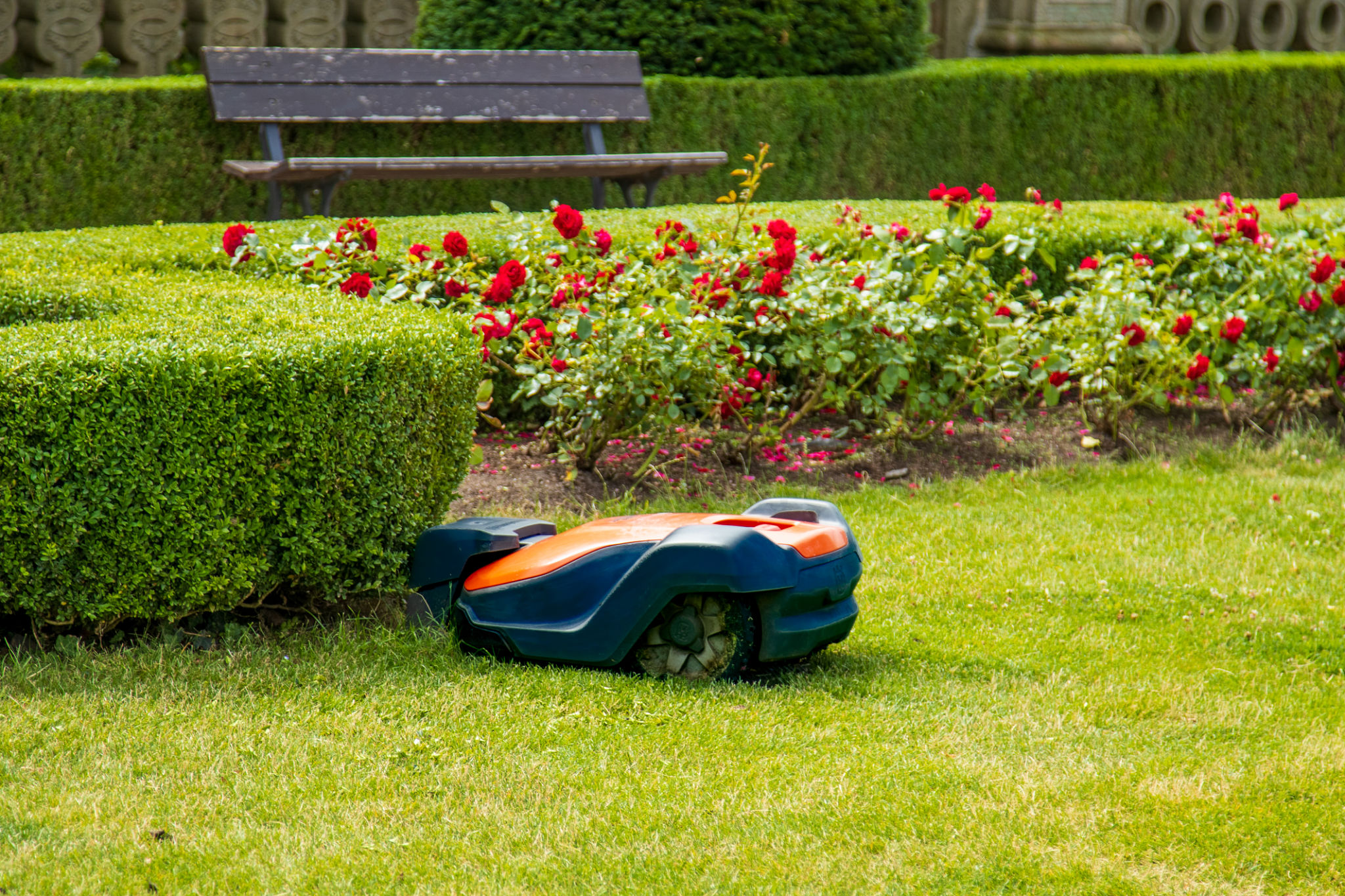Seasonal Lawn Care Tips for Akron Residents: Transitioning Your Garden from Spring to Summer
Preparing Your Lawn for Summer
As spring transitions to summer in Akron, it's essential to adjust your lawn care practices to meet the changing needs of your garden. The warmer temperatures and increased sunlight mean your grass and plants will require different attention compared to the cooler, wetter spring months. By implementing some strategic adjustments, you can ensure your lawn remains lush and healthy throughout the summer.
One of the first steps in preparing your lawn for summer is to adjust your mowing height. During spring, shorter grass may thrive, but as summer approaches, it's important to let your grass grow a little longer. This helps shade the soil, retain moisture, and prevent weeds from taking hold. Aim for a mowing height of about 3 inches for most grass types common in Akron.

Watering Wisely
During the transition from spring to summer, altering your watering schedule is crucial. In spring, frequent, light watering might suffice, but as temperatures rise, deep and less frequent watering is more beneficial. This encourages deep root growth and makes your lawn more drought-resistant. Water your lawn early in the morning or late in the afternoon to reduce evaporation and ensure the water reaches the roots.
Consider investing in a rain sensor or a smart irrigation system to avoid overwatering, especially after spring rains. These tools can help you conserve water while ensuring your lawn gets the moisture it needs.

Fertilization and Weed Control
Feeding your lawn is another critical task during this seasonal transition. Applying a slow-release fertilizer in late spring can provide essential nutrients throughout the early summer months. Look for a fertilizer with a balanced mix of nitrogen, phosphorus, and potassium to promote healthy growth.
Weed control is equally important as you prepare your lawn for summer. With warmer temperatures, weeds can quickly become problematic. Use pre-emergent herbicides to tackle weeds before they sprout, or hand-pull them if they are already visible. Be cautious with herbicides, ensuring you choose products safe for your specific grass type.

Pest and Disease Management
As temperatures rise, so does the risk of pests and diseases affecting your lawn. Keep an eye out for signs of trouble such as brown patches or wilting grass blades. Regularly inspect your lawn for insects like grubs or chinch bugs that can cause extensive damage if left unchecked.
If you notice any signs of pest infestations or disease, consider consulting with a local lawn care professional who can recommend appropriate treatments and preventative measures tailored to Akron's climate and common lawn issues.

Maintaining Garden Beds
In addition to caring for your lawn, don't forget about your garden beds as you transition from spring to summer. Remove any dead or spent plants and replace them with summer-friendly varieties that thrive in warmer weather. Mulching is also a great way to help retain moisture and suppress weeds in flower beds.
Prune spring-flowering shrubs after they have bloomed to encourage new growth and prepare them for next season's flowering. Regularly deadhead flowers to prolong blooming periods and maintain a tidy garden appearance.
By following these seasonal lawn care tips, Akron residents can successfully transition their gardens from spring to summer, ensuring a lush, healthy landscape that can be enjoyed throughout the warmer months.